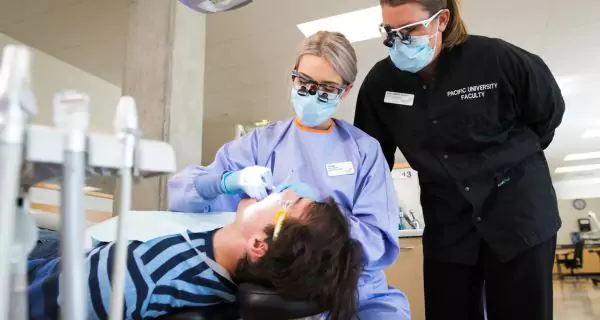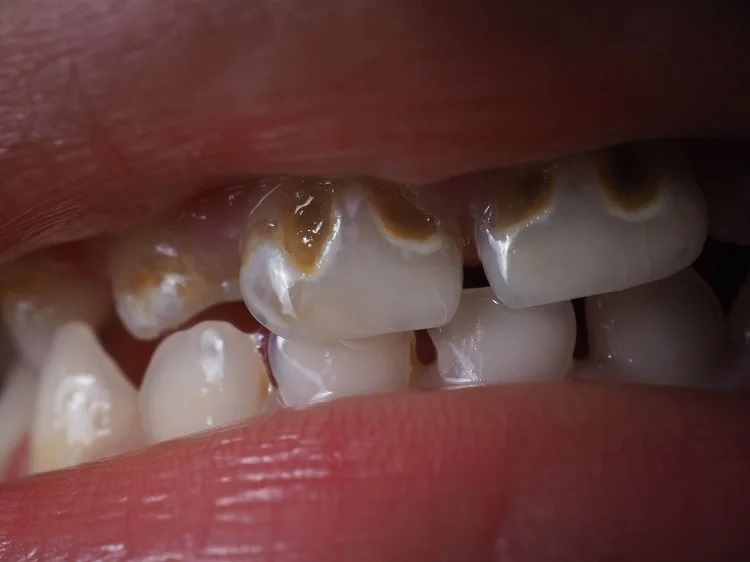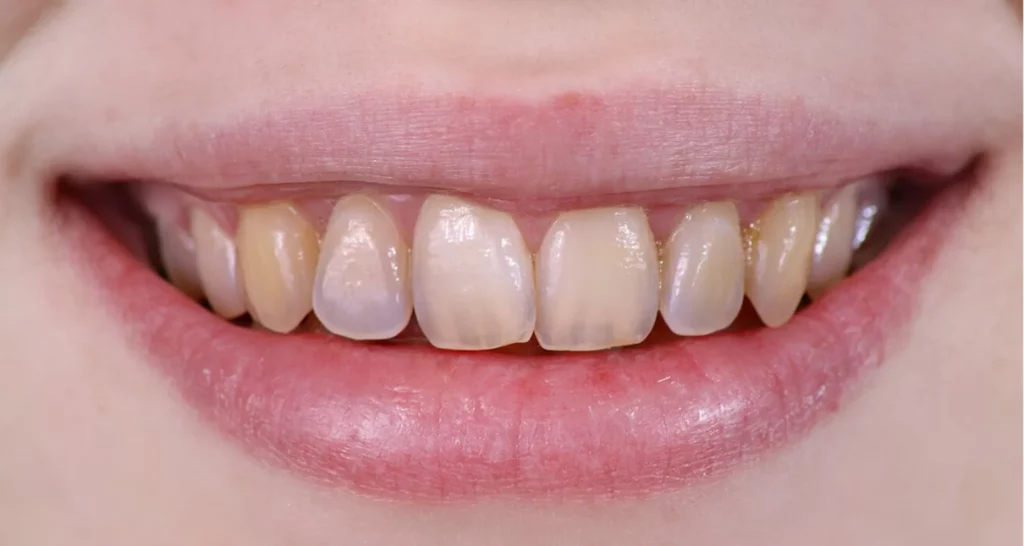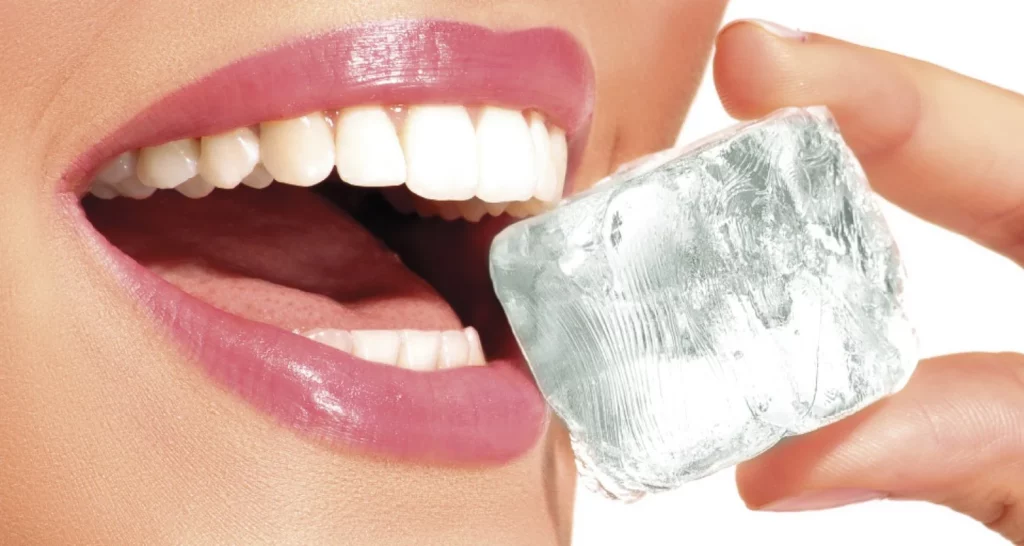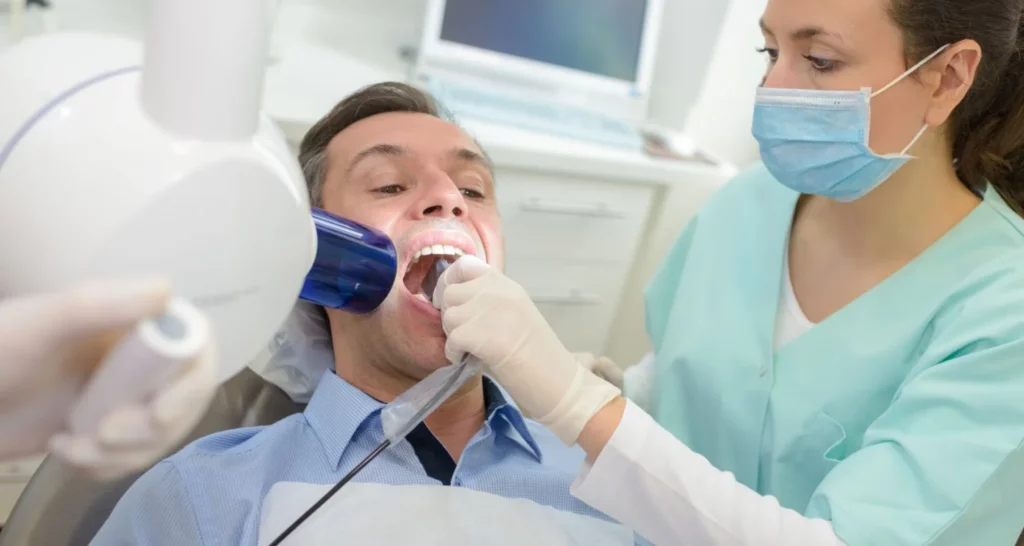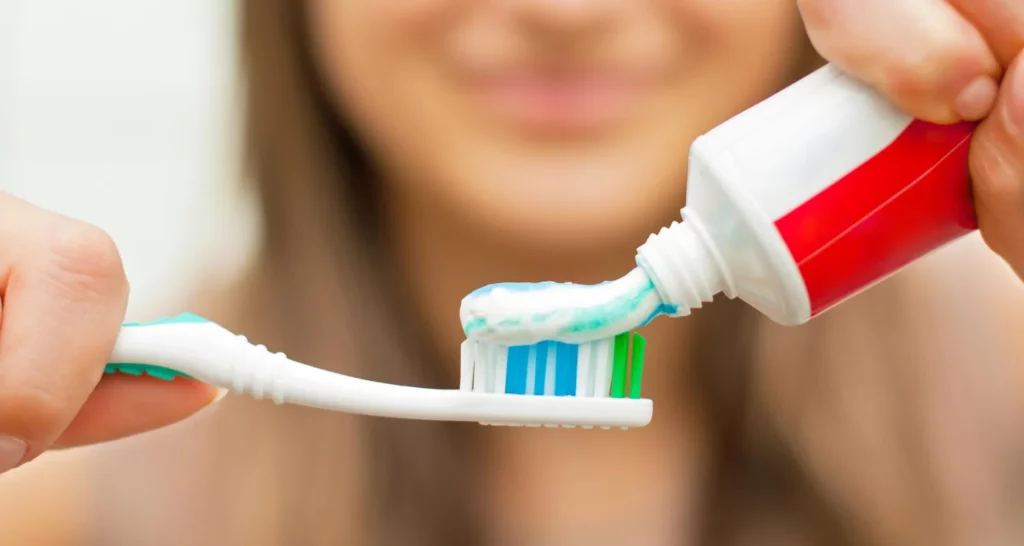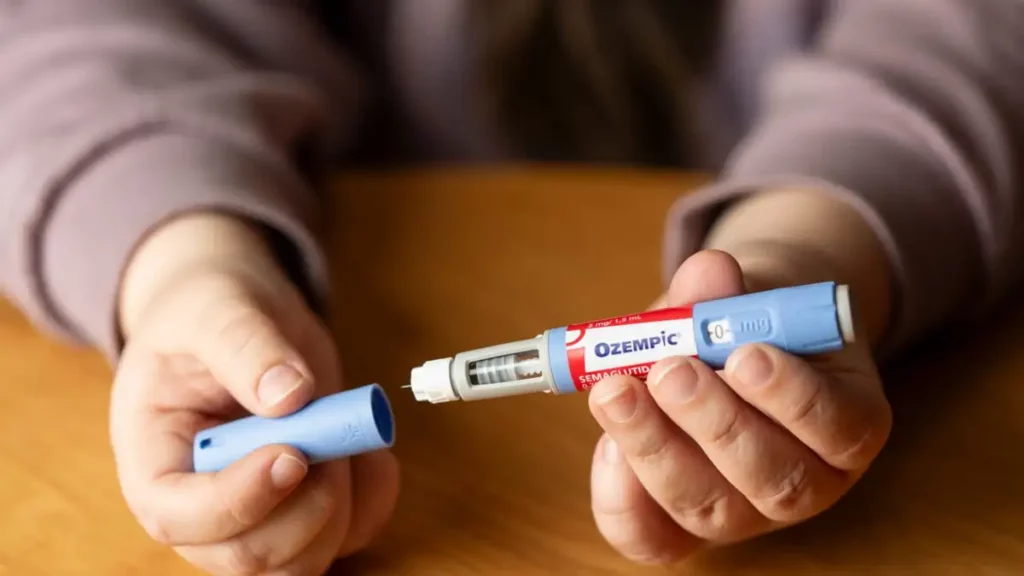Last Updated on: 19th September 2025, 12:48 pm
Teeth are composed of several layers, the outermost of which is called enamel, which covers the inner layers called dentin and pulp. Dental enamel is the hardest tissue in the human body and protects teeth from physical and chemical damage.
However, there are occasions when the enamel wears away or breaks, exposing the dentin, causing pain, sensitivity, and staining on the teeth.
This article explains what enamel erosion is, its causes, how to prevent and treat it, and the tips and strategies described here will help you keep your teeth strong and healthy.
What is enamel erosion?
It is the destruction of the dental surface caused by excessively acidic substances. Normally, saliva components help neutralize acids in food and drinks, but when a person consumes too many acid-rich products and does not give saliva enough time to do its job, there is an imbalance in the oral cavity, and enamel erosion occurs.
Causes of the enamel erosion
The cause of its appearance depends on the origin of the acids that affect the teeth, therefore, it is divided into:
1. Intrinsic erosion
It occurs when the causative agents are acids from the human body itself, for example, gastric acids. In this group are:
● Stomach diseases (Gastroesophageal reflux)
● People who vomit constantly: Those who suffer from nutritional disorders such as Bulimia and Anorexia nervosa; alcoholic people and pregnant women.
2. Extrinsic erosion
Caused by external agents. A very acidic environment is present in the oral cavity, associated with:
● High consumption of acid-rich foods: Apples, citrus fruits, acidic drinks like juices and sodas, and concentrated fruit juices.
● High consumption of sugar-rich foods: Ice cream and candies.
● High consumption of starch-rich foods: White bread.
● Ingestion of some medications: Chewable vitamin C supplements or those containing hydrochloric acid, antihistamines, and aspirin.
In addition to the already mentioned causes, it is common for enamel erosion to occur in people with:
● Low saliva production or dry mouth syndrome
● Bruxism
● Oral ulcers
● Celiac disease
● Enamel hypoplasia: a genetic condition that causes a lack of mineralization, meaning that the amount of enamel on the tooth is less than usual.
Signs and symptoms of the enamel erosion
Depending on the severity, the signs and symptoms are:
1. Sensitivity: When dental enamel is lost, the dentin is exposed, making the teeth much more sensitive to external stimuli such as cold, heat, acid, and sweet. In the early stage of enamel erosion, sensitivity is more tolerable, but over time it becomes severe and painful, and can affect normal daily activities.
2. Discoloration: As the dentin is exposed and it is normally darker than enamel, the natural whiteness of the teeth is lost, and they become yellowish in color.
3. Cracks and fissures: The edges of the teeth become rougher and more irregular.
4. Transparency: The edges of the front teeth become more transparent due to the general wear of their surface.
5. Cavities: When enamel is eroded, teeth are more susceptible to developing cavities, which can occur more easily, progress faster, and become more severe than in a normal tooth.
Diagnosis and treatment
Ideally, you should visit the dentist at least every 6 months. If you observe any of the described symptoms, schedule your appointment. Failure to do so may allow enamel erosion to progress further and cause greater damage to the teeth.
During a dental visit, the dentist will conduct a clinical examination to determine the health status of your teeth. Additionally, they will inquire about your dietary habits, systemic diseases, symptoms and discomforts, medication intake, and any other relevant questions to arrive at a diagnosis.
Depending on what is found, the dentist will explain the treatment options they consider most appropriate for each particular case. Some of them are:
● Resin restorations: Coating with resin is an ideal option for teeth with mild to moderate erosion and discoloration; it provides an extra layer of protection to prevent enamel erosion from progressing.
● Veneers: In cases of mild to moderate erosion of the anterior teeth, the dentist may suggest the placement of veneers, which can be made of resin or porcelain. The function of the veneer is to replace the layer of enamel that has been lost, providing protection and aesthetics to the affected teeth.
● Crowns: In more severe cases, when enamel has been completely lost, is too thin, or presents fractures, the ideal option is to place dental crowns, which will protect the teeth from further wear and damage to the dental structure.
Prevention
In addition to the indicated treatment, a way to prevent or worsen enamel erosion is by maintaining good oral hygiene and adequate nutrition.
Some additional tips that can help prevent enamel erosion are:
1. Limiting the consumption of very acidic foods and drinks, such as carbonated beverages and citrus fruits.
2. Reducing the consumption of sugary foods and drinks, as their intake increases the possibility of developing cavities.
3. If consuming acidic foods or drinks, rinse your mouth with water and wait 1 hour before brushing your teeth.
4. Drinking water several times a day will help you stay hydrated and thicken saliva, which helps eliminate acids from the teeth.
5. Chewing sugar-free gum (with Xylitol) between meals will help increase saliva production up to 10 times more than normal.
6. Seeking treatment for systemic diseases such as Bulimia or gastroesophageal reflux.
7. Maintaining good oral hygiene by using the appropriate elements, such as fluoride toothpaste, dental floss, soft or medium bristle toothbrush, and mouthwash.
8. Brushing your teeth at least twice a day.
Remember the importance of visiting the dentist every 6 months for routine check-ups. This way, you can prevent and treat enamel erosion and any other oral problems that may arise.
Frequently Asked Questions
What is enamel erosion?
Is the destruction of the dental surface caused by excessively acidic substances, leading to the loss of the protective enamel layer and exposing the underlying dentin.
What causes enamel erosion?
Can be caused by intrinsic factors, such as stomach acids from gastroesophageal reflux or frequent vomiting, and extrinsic factors, such as high consumption of acidic foods and drinks, sugary foods, and certain medications.
What are the signs and symptoms of enamel erosion?
Signs and symptoms include increased sensitivity to temperature and sweets, discoloration, cracks and fissures, transparency at the edges of the teeth, and an increased susceptibility to cavities.
How is enamel erosion treated?
Treatment options depend on the severity and may include resin restorations, veneers, or dental crowns to protect the affected teeth and restore their appearance and function.
How can enamel erosion be prevented?
Prevention strategies include limiting acidic and sugary foods and drinks, maintaining good oral hygiene, staying hydrated, chewing sugar-free gum, and seeking treatment for underlying health conditions like bulimia or gastroesophageal reflux.
Share:
References
1. ADA. Dental Erosion. (Updated: August 31, 2021). American Dental Association. https://www.ada.org/resources/research/science-and-research-institute/oral-health-topics/dental-erosion
2. Davenport, T. (December 2, 2021). Signs and Symptoms of Tooth Erosion. Very Well Health. https://www.verywellhealth.com/signs-and-symptoms-of-tooth-erosion-1059451
3. Dental erosion. (s. f.). Oral Health Foundation. https://www.dentalhealth.org/dental-erosion
4. Dental erosion. symptoms, treatments and causes. (Reviewed: May 2021) Healthdirect Australia. https://www.healthdirect.gov.au/dental-erosion
5. Donovan, T. E., Nguyen-Ngoc, C., Alraheam, I. A., & Irusa, K. F. (2021). Contemporary diagnosis and management of dental erosion. Journal of Esthetic and Restorative Dentistry, 33(1), 78-87. https://onlinelibrary.wiley.com/doi/10.1111/jerd.12706
6. Duggal, N. (August 14, 2018). Tooth Enamel Erosion: What You Should Know. Healthline. https://www.healthline.com/health/enamel-erosion
7. Tooth Enamel Erosion and Restoration. (Reviewed: April 4, 2023). WebMD. https://www.webmd.com/oral-health/guide/tooth-enamel-erosion-restoration
-
Nayibe Cubillos M. [Author]
Pharmaceutical Chemestry |Pharmaceutical Process Management | Pharmaceutical Care | Pharmaceutical Services Audit | Pharmaceutical Services Process Consulting | Content Project Manager | SEO Knowledge | Content Writer | Leadership | Scrum Master
View all posts
A healthcare writer with a solid background in pharmaceutical chemistry and a thorough understanding of Colombian regulatory processes and comprehensive sector management, she has significant experience coordinating and leading multidisciplina...

